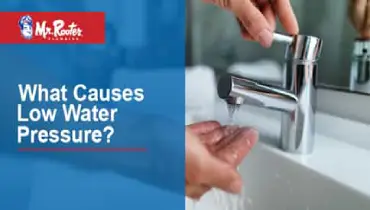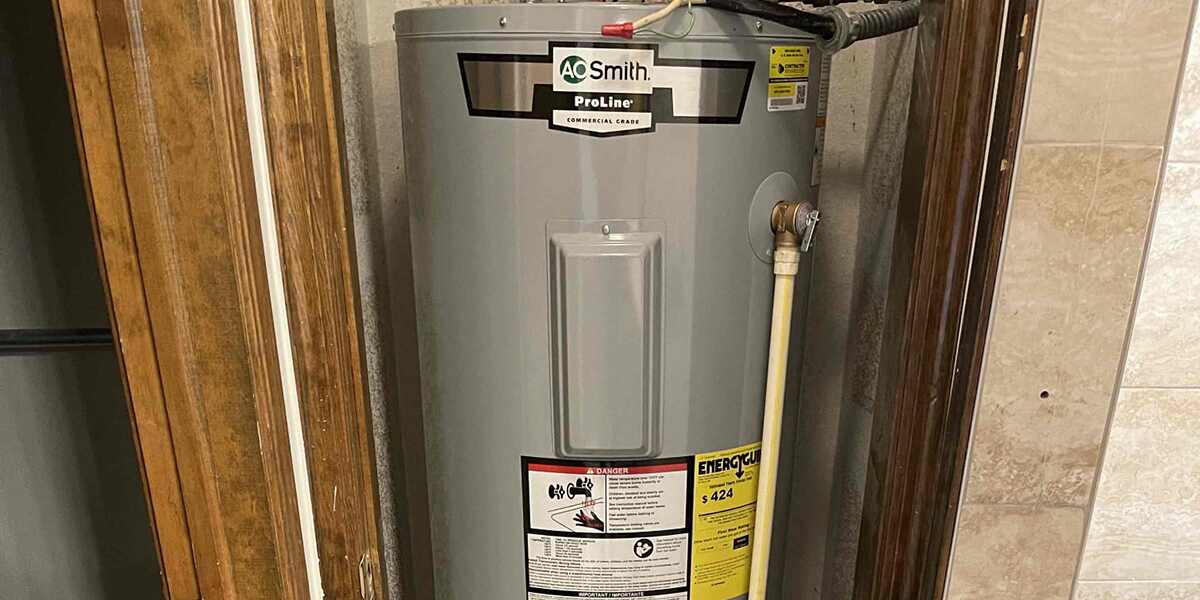A bad water heater can indeed cause low water pressure. Issues like sediment buildup or malfunctioning valves may restrict water flow.
Water heaters play a crucial role in delivering hot water to your home. When they malfunction, they can affect your overall plumbing system. Low water pressure can result from various factors, including faulty water heaters. Sediment buildup often clogs pipes, restricting flow and leading to pressure drops.
A malfunctioning thermostat or valve can also contribute to the issue. Homeowners should regularly check and maintain their water heaters to ensure optimal performance. By addressing these problems promptly, you can prevent disruptions in your hot water supply and maintain consistent water pressure throughout your home. Understanding the connection between your water heater and water pressure is vital for effective home maintenance.
Page Contents
- 1 Signs Of Diminished Water Pressure
- 2 The Role Of Water Heaters In Pressure Maintenance
- 3 Common Water Heater Issues Leading To Low Pressure
- 4 Assessing Your Water Heater For Faults
- 5 The Impact Of Leaks On Pressure And Heater Performance
- 6 Solutions And Fixes For Water Heater-related Pressure Drop
- 7 Preventative Measures To Sustain Optimal Pressure
- 8 Myths Vs. Facts About Water Heaters And Pressure Issues
- 9 Conclusion
Signs Of Diminished Water Pressure
Low water pressure often shows through unexpected changes in flow. You might notice sudden drops in water speed. This can happen during regular use. A faulty water heater may be the cause.
Another sign is temperature fluctuations. Water may suddenly feel too hot or too cold. This inconsistency can indicate issues with the heater. It can affect how water flows from taps. Check your water heater if you notice these signs.
The Role Of Water Heaters In Pressure Maintenance
Water heaters play a crucial role in maintaining water pressure. They heat water for daily use, affecting flow rates. A malfunctioning water heater can lead to low water pressure. It might not heat water properly, causing delays.
Two main types of water heaters exist: tank and tankless. Tank heaters store water in a large tank. This stored water can sometimes lead to pressure drops. Tankless heaters heat water on demand, providing a steady flow. They generally maintain pressure better than tank systems.
| Feature | Tank Water Heaters | Tankless Water Heaters |
|---|---|---|
| Storage | Stores hot water | Heats on demand |
| Pressure Impact | Can drop with usage | Maintains consistent pressure |
| Space Requirement | Requires more space | Compact and space-saving |
Common Water Heater Issues Leading To Low Pressure
Sediment buildup in a water heater can block the flow of water. Over time, minerals collect at the bottom. This buildup restricts water flow, leading to low pressure. Regular flushing can help reduce sediment.
Valve malfunctions can also cause low water pressure. If the pressure relief valve is broken, it may not function correctly. A faulty valve can limit the amount of hot water reaching your taps. Checking and replacing faulty valves is essential for good water flow.
Assessing Your Water Heater For Faults
Check your water heater for any visible signs of damage. Look for rust, leaks, or corrosion. These issues can affect performance.
Make sure the temperature setting is appropriate. A setting that is too low can lead to low pressure. Inspect the pipes connected to your heater. Clogs or blockages can also cause pressure issues.
For a deeper assessment, consider hiring a professional technician. They can detect issues that are hard to see. Regular maintenance helps keep your water heater in top shape.
The Impact Of Leaks On Pressure And Heater Performance
Leaks in a water heater can greatly reduce water pressure. They lead to loss of heated water. This causes the heater to work harder and less efficiently. Regular checks can help find these leaks early.
Identifying leaks is essential for maintaining proper water pressure. Look for signs like wet spots, mold, or unusual noises. These may indicate a leak in the system. Inspect pipes and connections regularly.
Ignoring leaks can have serious consequences. It may lead to higher energy bills. Mold growth can also occur, posing health risks. Over time, a damaged heater may need costly repairs or replacement.

Credit: www.mrrooter.com
Flushing the system can help improve water pressure. Over time, sediment builds up in the heater. This sediment can block the flow of water. Regular flushing removes these deposits. It’s a simple task that anyone can do.
Repairing a water heater can be cost-effective. Look for leaks or faulty components. These issues can lead to low pressure. Sometimes, replacing the heater is the best option. A new unit may work more efficiently.
Consider the age of your water heater. Older models may struggle with pressure issues. Investing in a newer model can save energy and improve performance.
Preventative Measures To Sustain Optimal Pressure
Routine maintenance is key for sustaining optimal water pressure. Regular checks help spot issues early. Inspect the water heater for leaks or corrosion. Flushing the tank removes sediment build-up. This build-up can cause low pressure.
Upgrading to a modern water heater can improve performance. New models are more efficient and reliable. They often have better pressure control features. Consider a tankless water heater for consistent pressure. These systems provide hot water on demand, reducing pressure loss.

Credit: callthechamps.com
Myths Vs. Facts About Water Heaters And Pressure Issues
Many people believe a bad water heater can cause low water pressure. This is not always true. Some think low pressure means the heater is broken. In reality, there could be other reasons.
Common misconceptions include:
- Old pipes do not affect water pressure.
- Sediment buildup in the heater is always the cause.
- Water pressure issues are only a heater problem.
Expert insights show that low water pressure can come from various sources. Check for leaks, clogs, or pipe damage. Regular maintenance helps avoid these issues.

Credit: www.bluemillsplumbing.com
Conclusion
A malfunctioning water heater can indeed lead to low water pressure. Issues like sediment buildup or faulty valves disrupt the flow. Regular maintenance can help prevent these problems. By addressing your water heater’s condition, you can ensure consistent water pressure and improve your overall home comfort.
Stay proactive for the best results.
